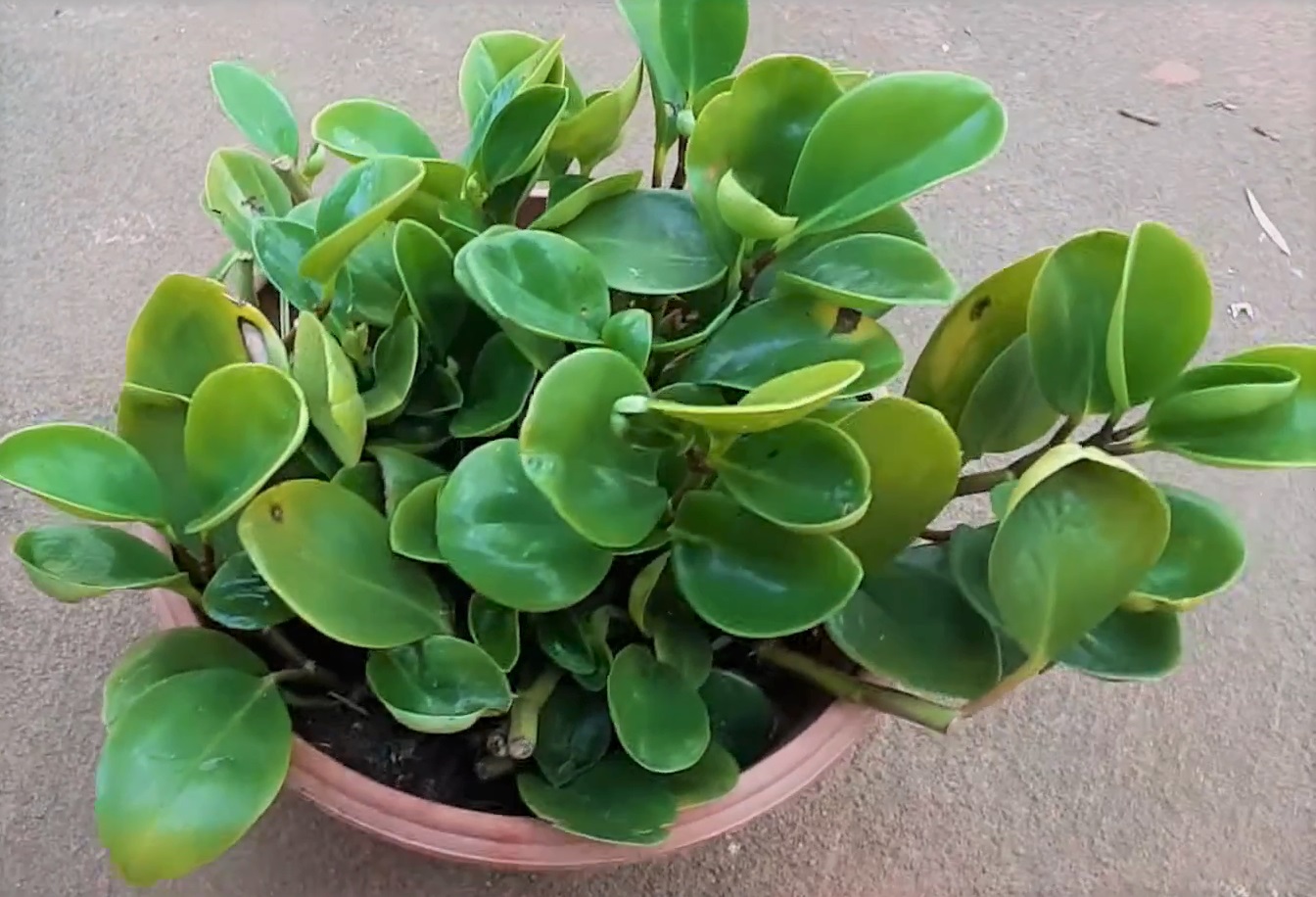Peperomia obtusifolia Baby Rubber Plant Care are adorable houseplants renowned for their lovely leaves and simple maintenance. This article is your in-depth resource for caring for infant rubber plants if you want to bring some greenery indoors. We’ve got you covered on everything from perfect lighting conditions to propagation strategies and typical problems.
Ideal Light Requirements
Ideal Light Conditions
In direct sunshine that is bright, baby rubber plants flourish. The ideal location for them is close to a window with filtered light. While they may handle some shade, direct sunlight should be avoided because it might damage their leaves.
Temperature and Humidity
Preferred Temperature Range
Your infant rubber plant should be kept between 65 and 75 degrees Fahrenheit (18 and 24 degrees Celsius). Being sensitive to cold, don’t expose them to temperatures below 50°F (10°C).
Humidity Levels
The humidity for these plants is moderate. Both using a humidifier and placing a tray of water next to the plant might increase humidity.
Watering Guidelines
Watering Frequency
It’s advisable to err on the side of underwatering because overwatering can cause root rot. Make sure the pot has sufficient drainage and use little water.
Soil Moisture Assessment
By sticking your finger into the ground, you may measure the moisture in the soil. It’s time to water if a depth of an inch feels dry.
Potting and Soil
Choosing the Right Pot
Choosing a pot with drainage holes will help you avoid waterlogging. When your infant rubber plant outgrows its current container, repotte it.
Soil Mix for Baby Rubber Plants
It’s crucial to use a potting mix that drains efficiently. For aeration, you can combine peat, perlite, and a trace amount of sand.
Fertilization
Fertilizing Schedule
Every four to six weeks during the spring and summer growing seasons, feed your young rubber plant with a balanced, water-soluble fertilizer. During the winter months when plants are dormant, reduce or stop fertilizing.
Suitable Fertilizers
To offer vital nutrients, pick a balanced liquid fertilizer or a specialized houseplant fertilizer.
Pruning and Maintenance
Trimming and Shaping
To keep your infant rubber plant’s size and shape, prune it. Regularly trim any lanky stems and fading leaves.
Dealing with Yellow Leaves
Overwatering may show up in the form of yellow leaves. Adjust your watering practices if you observe this.
Propagation Methods
Leaf Cuttings
Leaf cuttings can be used to grow new rubber plants. Just divide a healthy leaf into sections, then plant each one in a moist potting soil.
Stem Cuttings
Stem cuttings are another method you can use to spread your plant. Plant a clipping that has a few leaves in the ground.
Common Pests and Diseases
Recognizing and Treating Issues
Pests like mealybugs and spider mites should be avoided. Neem oil or insecticidal soap can be used to treat pest infestations. Yellowing leaves may be a sign of nutritional inadequacy or over watering.
Benefits of Baby Rubber Plants
Air Purification
These plants work well as indoor air purifiers by eliminating pollutants.
Aesthetics
Baby rubber plants give aesthetic appeal to any space with their glossy, dark green leaves.
Where to Buy Baby Rubber Plants
Baby rubber plants are available from nearby nurseries, garden centers, or online merchants. Make certain they are from reliable sources.
Conclusion
Taking care of your newborn rubber plant is enjoyable, and with the appropriate information, it’s also simple. Keep in mind the essential elements: enough lighting, optimal temperature and humidity, moderation in watering, and routine maintenance. Your green friend will flourish and add beauty to your home.
FAQs
How frequently do I need to water my young rubber plant?
When the top inch of soil is fully dry, water the area.
What’s the best way to propagate baby rubber plants?
You can propagate them from leaf or stem cuttings.
Are baby rubber plants suitable for beginners?
Yes, they are among the easiest houseplants to care for.
What causes yellow leaves on a baby rubber plant?
Yellowing leaves can result from overwatering or nutrient deficiencies.
Where can I buy baby rubber plants?
They are available from nearby nurseries, garden centers, or online merchants.

